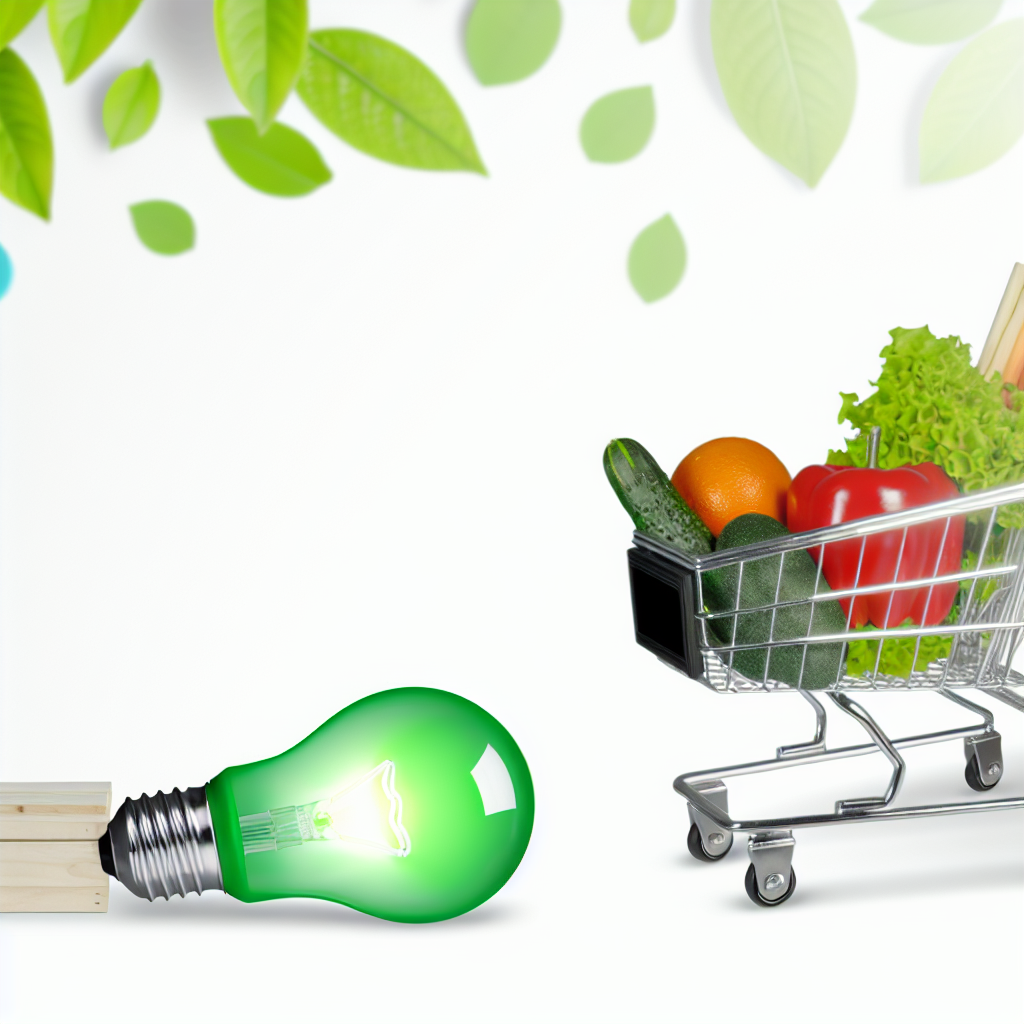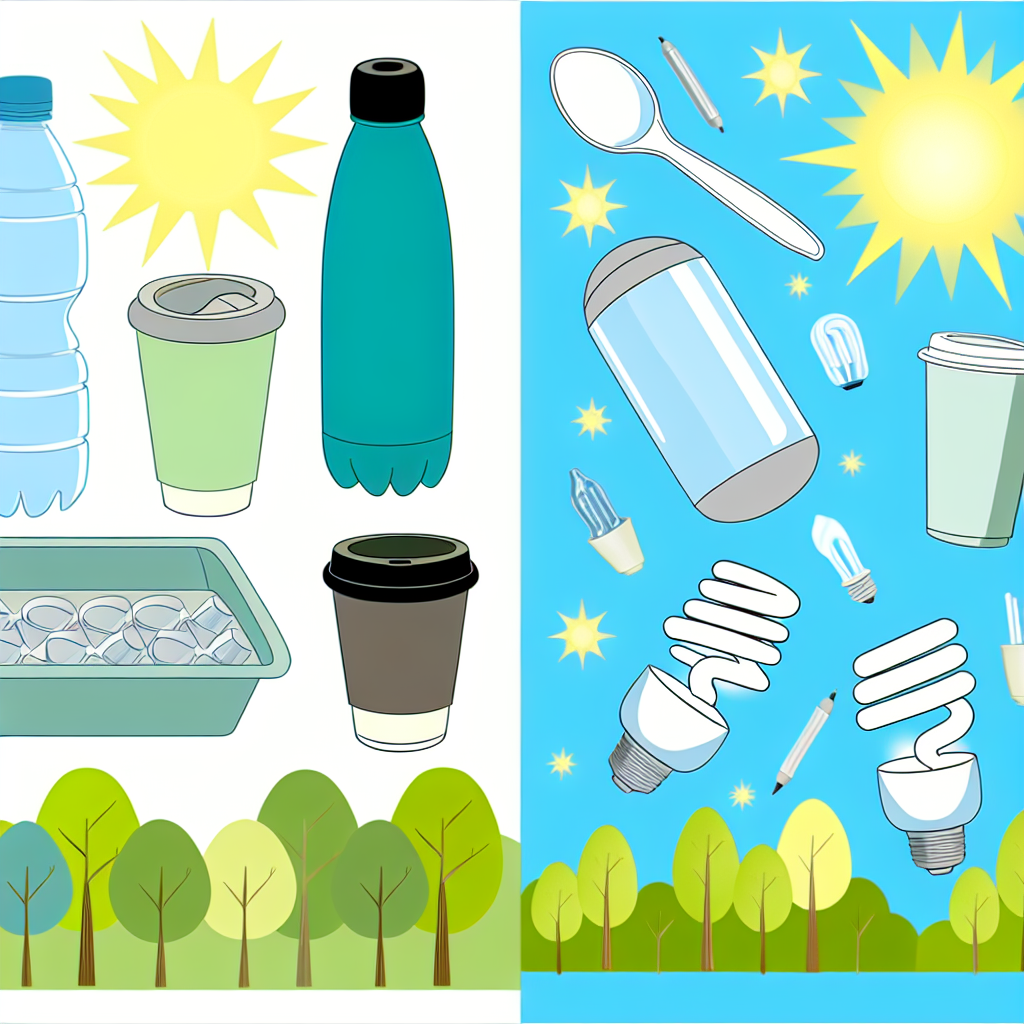10 Cool Ways to Save Money on Groceries and Help the Planet
Introduction
Hey there, smart shoppers and planet protectors! We know both your wallet and Mother Earth will appreciate our help, so let’s find smart ways to save on groceries and stay eco-friendly.
Groceries are getting more expensive, and we all see those internet jokes about avocado prices. We need to find ways to save money and help the planet at the same time. Don’t worry! At Frugal Zeitgeist, we’ve come up with 10 cool ideas to help you save money on groceries while being planet-friendly!
1. Buy in Bulk, but Be Smart
“Bulk up” isn’t just for bodybuilders; it’s also a great way to save money and reduce waste! Buying things like grains, pasta, nuts, and dried beans in bulk can save you a lot. Just remember:
- Avoid buying too many perishable items (even a giant panda would say, “Whoa, you have a lot of bamboo!”).
- Find stores with bulk bins where you can scoop out what you need, cutting down on packaging waste.
- Get airtight containers to keep your bulk items fresh and tasty.
2. Choose Seasonal and Local Produce
Eat lots of colors… but eat what’s in season! Did you know winter strawberries cost as much as spotting a unicorn? Here’s what to know:
- Seasonal and local foods are often cheaper and better for the planet because they don’t have to travel far to reach you.
- Check out local farmers’ markets or CSA programs to get fresh produce and support local farmers.
- Save your produce with smart methods like blanching and freezing, so you can enjoy summer berries even when it’s cold.
3. Try a Plant-Based Diet
Plant-based diets are cheaper, kinder to Earth, and yummy! Try these ideas:
- Eat less meat and dairy—they’re like the diamonds of the food world!
- Start with budget-friendly plant recipes like lentil stew or veggie stir-fry (use eco-friendly chopsticks if you like).
- Enjoy how you’re saving water and reducing pollution with something as simple as a bean burrito.
4. Grow Your Own Food
Why not add “green” to your “green thumb” and your meals? You don’t need a big garden; even a window will do:
- Start with easy-to-grow herbs and vegetables. Mint, basil, and green onions are perfect for beginners.
- Try a small garden, good for apartments or small kitchens.
- Enjoy free food and learn about composting with kitchen scraps.
5. Reduce Food Waste with Meal Planning
Planning meals makes cooking easier and cheaper:
- Play a fun game of “What’s in my pantry?” and plan meals with what you find.
- Use leftovers in new, creative dishes like bread pudding or veggie stir-fry.
- Use apps like Mealime or Paprika to help you plan meals and cut waste.
6. Make Your Own Household Staples
Be a chef and make yummy treats at home, avoiding package waste:
- Try making bread, yogurt, or nut milk—turn ingredients into tasty magic!
- Notice how you reduce waste when you don’t need to dump packaging.
- Enjoy comparing homemade versus store-bought savings.
7. Use Reusable Bags and Containers
Say, “No, thanks, I brought my own bag!” (because we’re smart that way):
- Choose reusable produce bags and storage containers. Eco-friendly is cool!
- Try brands like Stasher (silicone) or Beeswrap (waxed cotton) that help you look good while saving the planet.
- Celebrate reducing plastic bag and container use, one tote bag at a time.
8. Be a Smart Shopper with Apps and Coupons
Turn your phone into a savings superhero. Download some nifty apps and get clicking:
- Use coupon and cashback apps for eco-friendly shopping, like Ibotta or Rakuten.
- Combine store sales with digital coupons to save more!
- Use coupons wisely to avoid buying too much—being thoughtful is the best superpower.
9. Buy Less Packaged and Processed Foods
Let’s choose health over hassle by avoiding too much packaging:
- Recognize that extra packaging costs more and hurts the environment.
- Choose healthier, cheaper, unpackaged foods. Hi there, bulk bin quinoa!
- Shop around the edges of the store, where the fresh foods hang out.
10. Ferment and Preserve
Ready, set, ferment, pickle or can!
- Try fermenting foods like sauerkraut or kimchi—it’s tasty science!
- Learn to can and freeze to make your food last, enjoying summer flavors in cold times.
- Preserving food means less waste and spending—like magic in jars!
Conclusion
Saving money and helping the planet can seem hard, but these 10 fun strategies make it easier. Remember, you don’t have to do everything fast—start small and add these changes slowly.
Try these tips and celebrate little victories. Soon, your budget and the planet will be happier!
Call to Action
Here’s your mission: try at least one tip this week. We’d love to hear how it goes! If you have secret tips or stories of saving money and helping the planet, share in the comments below! Let’s save money and be eco-friendly together!









